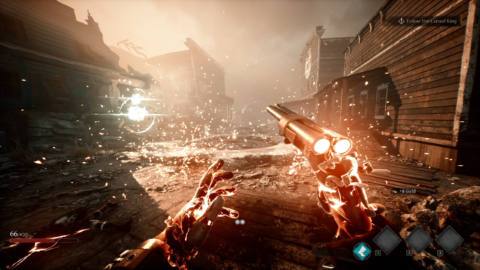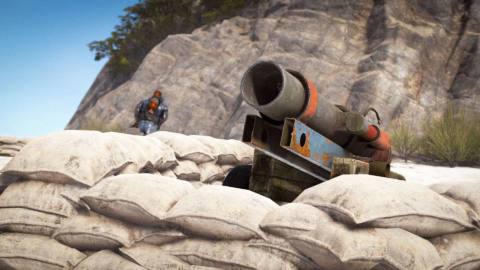Concord won’t get a second chance. The hero shooter that bombed in August isn’t going to be reworked and relaunched, Sony announced this week, and the studio that spent years developing it is being closed for good.
It’s been called the biggest videogame flop of all time, and that might be true. It’s hard to get exact budget and sales numbers for games, so it’s a somewhat subjective judgment, but even the infamous Atari 2600 E.T. game sold a million-and-a-half copies. Concord can’t have come close to that, we know it was expensive to produce, and it was playable for a mere two weeks.
The news that Concord is gone for good has once again enlivened discussion about the pursuit of live service riches: Great for publishers when they get an Apex Legends or Helldivers 2, but astonishingly wasteful when they miss. Here’s how Concord’s fate compares to some of the other big live service flops over the past decade (though certainly not all of them).
Concord

What was it? A competitive sci-fi hero shooter from ex-Bungie devs
How long was it in development? Over six years, but development began with a small team and only two years were spent in “full production,” according to Firewalk Studios
What was its budget? The total budget is unknown, but Kotaku reports that it surpassed $200 million, and Sony also acquired Firewalk Studios for an unknown sum mid-development
How long did it last? 11 days
What happened?
After its announcement with a cinematic trailer at Sony’s State of Play livestream in May—an odd choice for a multiplayer game, I thought—and a pair of underpopulated playtests, Concord launched on PlayStation and Steam in August for $40 and simply didn’t sell. It recorded a tragic all-time peak of just 697 concurrent Steam players.
It’s been suggested that Concord might’ve had a chance as a free-to-play game, but Helldivers 2 was also $40 and that didn’t stop it from being the breakout hit of the year. Exactly why it failed so dramatically is hard to say, but my rough diagnosis is that it was a good-looking and reasonably fun shooter that for a number of design and marketing reasons lacked the sort of hook needed to get competitive shooter players to pay attention. The friendly band of space rogues didn’t do it, and neither did the system of buffs that encouraged mid-match character swaps. Concord’s problem wasn’t that it was bad—lots of games launch in worse shape and get better over time—but that hardly anyone cared whether it was good or bad in the first place.
Sony halted sales just 11 days after Concord launched, and a few days later turned off the servers. It briefly looked like the publisher might try to save the shooter, but on October 29, Sony announced that it will “permanently sunset the game and close the studio.” Years of work and hundreds of millions of dollars culminated in just two weeks of live service shooting.
The Day Before
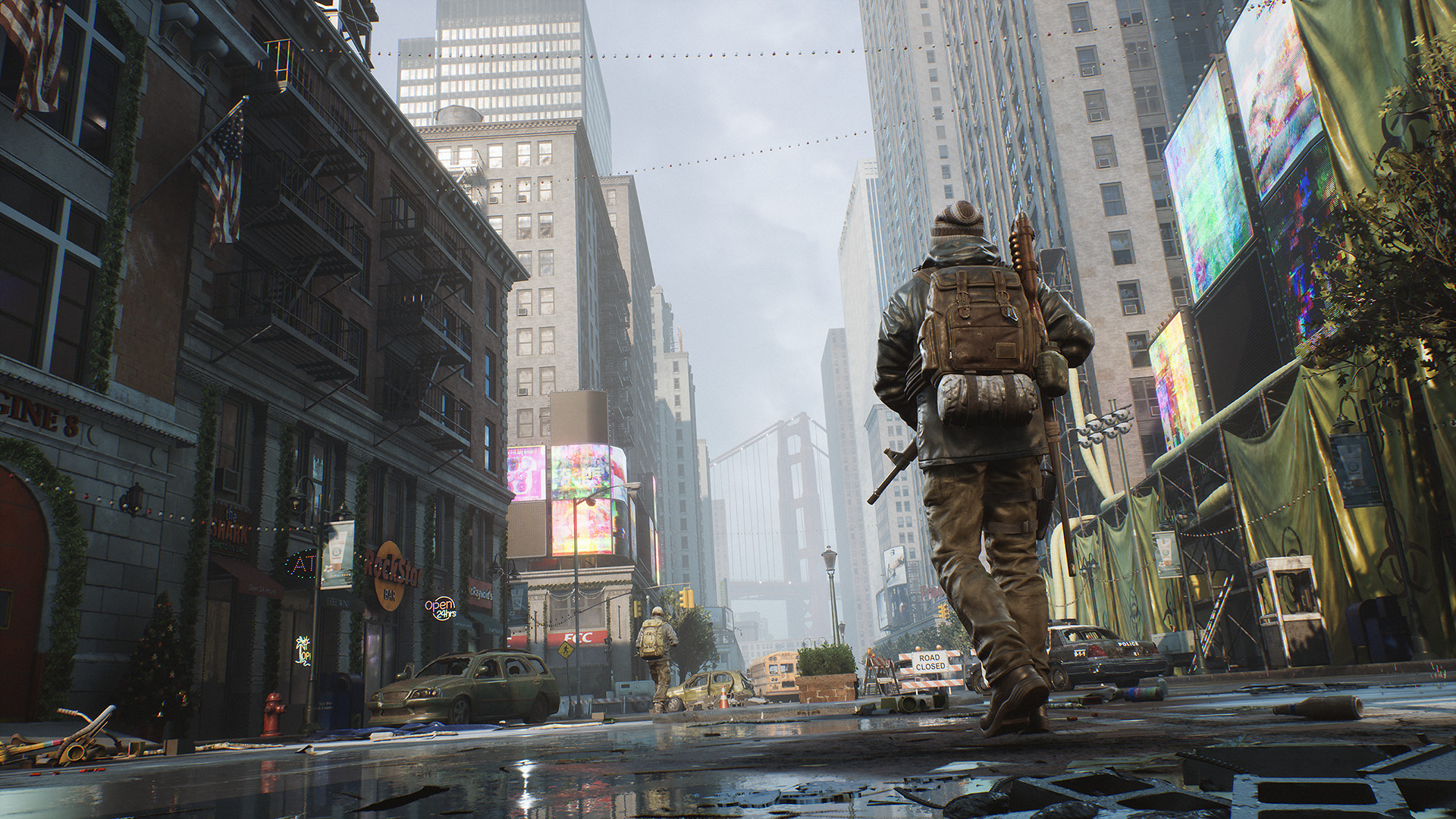
What was it? A hyped extraction shooter from a small studio
How long was it in development? Over three years
What was its budget? Unknown, but much less than the other games on this list
How long did it last? Four days
What happened?
Concord nosedived with shocking speed, but it doesn’t hold the record in that regard. The Day Before and its developer lasted a mere four days after launch.
After a visually-impressive 2021 announcement trailer, some gamers optimistically imagined that The Day Before could be something like a Last of Us MMO, but indie developer Fntastic, which had previously made a successful prop hunt game, did not have the experience or budget to pull that off. When The Day Before released in December of 2023, it was immediately apparent that it was a functional, but not very good zombie extraction shooter, and not the groundbreaking urban survival MMO that some onlookers had (I think somewhat unseriously) built it up to be across two strange years of spotty promotion and delays.
Fntastic shut The Day Before down just a few days after it came out, issued refunds, and closed, declaring the endeavor a financial failure. The studio’s founders are now attempting a comeback, but their Kickstarter for a “physics-based multiplayer co-op escape game” predictably went unfunded, and another effort to make a new prop hunt game has already resorted to seeking volunteer work—something the studio was criticized for during The Day Before’s development—in the guise of a map design contest.
Crucible

What was it? Amazon’s hero shooter
How long was it in development? At least four years
What was its budget? Unknown, but in 2021 Bloomberg reported that Amazon was spending up to $500 million on its game division that also included Crucible and its more successful MMO, New World
How long did it last? 173 days
What happened?
The game was bad. Like really bad. Crucible was designed around a PvPvE concept on huge arena maps. It wasn’t quite a battle royale or an arena shooter—it was more like Overwatch if you also had to shoot really boring NPCs to upgrade your abilities. It was free to play, but in a year when Call of Duty: Warzone was blowing up and Fortnite was throwing live concerts, nobody showed up for Amazon’s live service shooter with poor reviews.
Its life cycle now seems almost gracious in the wake of Concord, but dismal player interest led developer Relentless Studios to remove Crucible from Steam in October 2020, just five months after release. Like Concord, the studio said it would assess the situation and determine if the game was worth retooling. It was decidedly not, and servers went offline a month later in November.
LawBreakers

What was it? A fast-paced arena shooter from Epic alums
How long was it in development? Around 3 years
What was its budget? Unknown, but it was made by a team of over 60 people with backing from Nexon, so this was no small project
How long did it last? One year and six days
What happened?
LawBreakers was the debut game from Boss Key Productions, the studio Cliff Bleszinski founded after leaving Epic Games. Having spent years on the Gears series, Bleszinski wanted his first game back in the saddle to reignite the embers of arena shooters. That was LawBreakers: an extremely fast-paced, aim-driven FPS with classic shooter modes, hero abilities, and a ball voiced by Justin Roiland.
Honestly, LawBreakers was great, but it couldn’t have released into an environment less willing to embrace it. For one, the hottest new shooter in 2017 was still 2016’s Overwatch, an FPS that stands in stark opposition to LawBreakers’ whole schtick (both aesthetically and mechanically). Games with wholesome vibes and bubbly mascots were on the rise, and LawBreakers was all-in on cringey mid-2000s one liners and meathead characters.
That high skill ceiling didn’t help either: LawBreakers was inherently niche, and in the days before crossplay was the norm, neither its PC or console player pools were big enough to easily find matches. Boss Key updated LawBreakers for a year, and even attempted a battle royale hail mary by launching Radical Heights, but the studio closed in May 2018 and Lawbreakers servers went offline in September of that year.
Babylon’s Fall
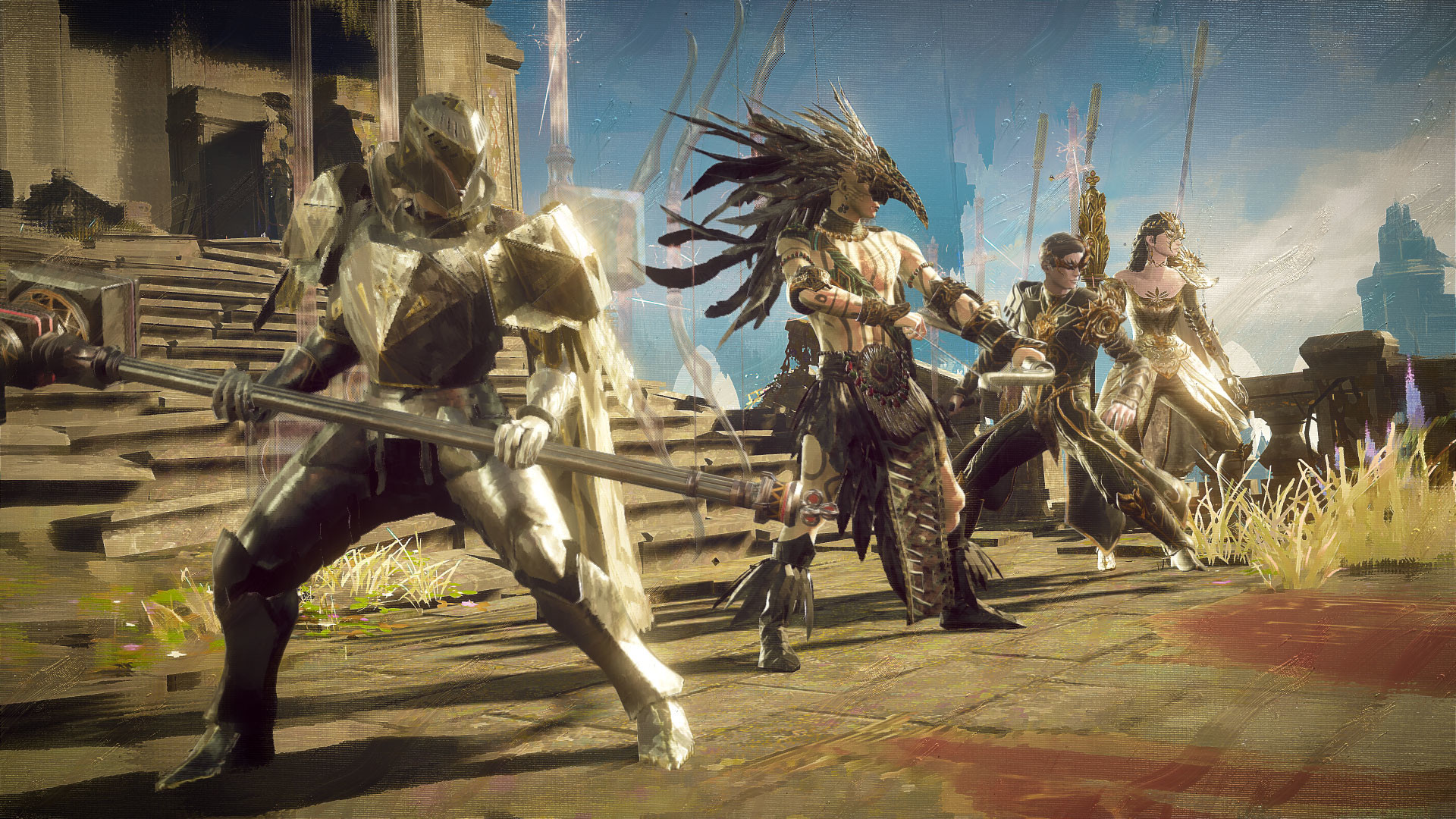
What was it? A Square Enix-published live service action RPG from PlatinumGames
How long was it in development? Around five years
What was its budget? Unknown, but a live service game from Square Enix doesn’t come cheap
How long did it last? 343 days
What happened?
Well, it fell. And it fell pretty hard.
Babylon’s Fall was PlatinumGames’ attempt at getting a live service hat in the ring, during the years where it was more or less expected of every game studio above a certain size. The pitch sounded decent: A Platinum game where you’re a prisoner-soldier forced to hack-and-slash your way up the tower of Babel? Count me in.
Unfortunately, Babylon’s Fall failed to live up to the premise when it arrived—years after it was announced. While it had glimmers of Platinum’s magnificently indulgent combat design, Babylon’s Fall’s shallow, repetitive progression structure and heavy crust of monetization earned it a dour 45% in our review. We weren’t the only ones that Babylon’s Fall failed to grab: Just two months after its release, the live service game’s player count had dwindled to the point where there was sometimes only one lone soul playing on Steam.
Meanwhile, publisher Square Enix had begun to cull its catalogue of studios and properties in the wake of a prolonged series of financial failures. It came as little surprise when, a year later, Babylon’s Fall received an update with one miserable patch note:
- End of service
Artifact
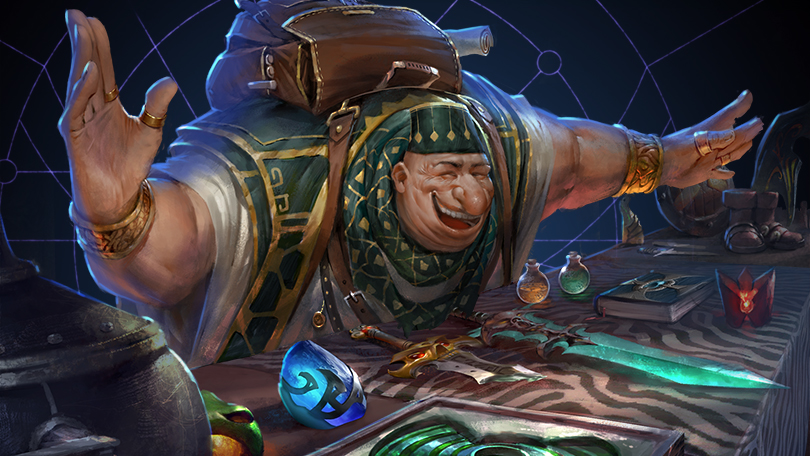
What was it? A Dota 2-themed CCG designed my Magic: The Gathering creator Richard Garfield
How long was it in development? Four years, with additional development time spent on the attempted Artifact 2.0 reboot
What was its budget? Unknown; Valve’s a black box
How long did it last? Still playable, but development ended 827 days after initial release
What happened?
It’s hard to imagine how a Valve-developed, Dota-themed CCG from the creator of Magic: The Gathering could fail to land an audience, but Artifact managed to find a way.
Artifact was complex, as you might expect from a card game trying to evoke the near-incomprehensible depth of MOBA design. Still, that complexity might have earned a sustainable share of diehards if it wasn’t for Artifact’s cost. Where other digital card games like Hearthstone and MtG: Arena are free-to-play to get you invested enough in the gameplay that you’re willing to climb onto the booster pack treadmill, Artifact had an upfront cost of $20 on top of the additional cost of booster packs.
Player counts quickly plummeted after Artifact’s release, leading Valve to begin an attempted overhaul with Artifact 2.0—a relaunch that reworked the game’s three-lane deployment system and removed card purchases. When the Artifact 2.0 beta also failed to attract player attention, Valve canceled ongoing development.
It wasn’t a total loss, however. The majority of failed live service games simply evaporate, but Valve decided to keep its work on Artifact playable, releasing two free versions: Artifact Classic, maintaining the original Artifact design while making all cards available to every player, and Artifact Foundry, featuring the streamlined Artifact 2.0 gameplay and cards that are unlockable solely through play. A graceful retirement.
Anthem
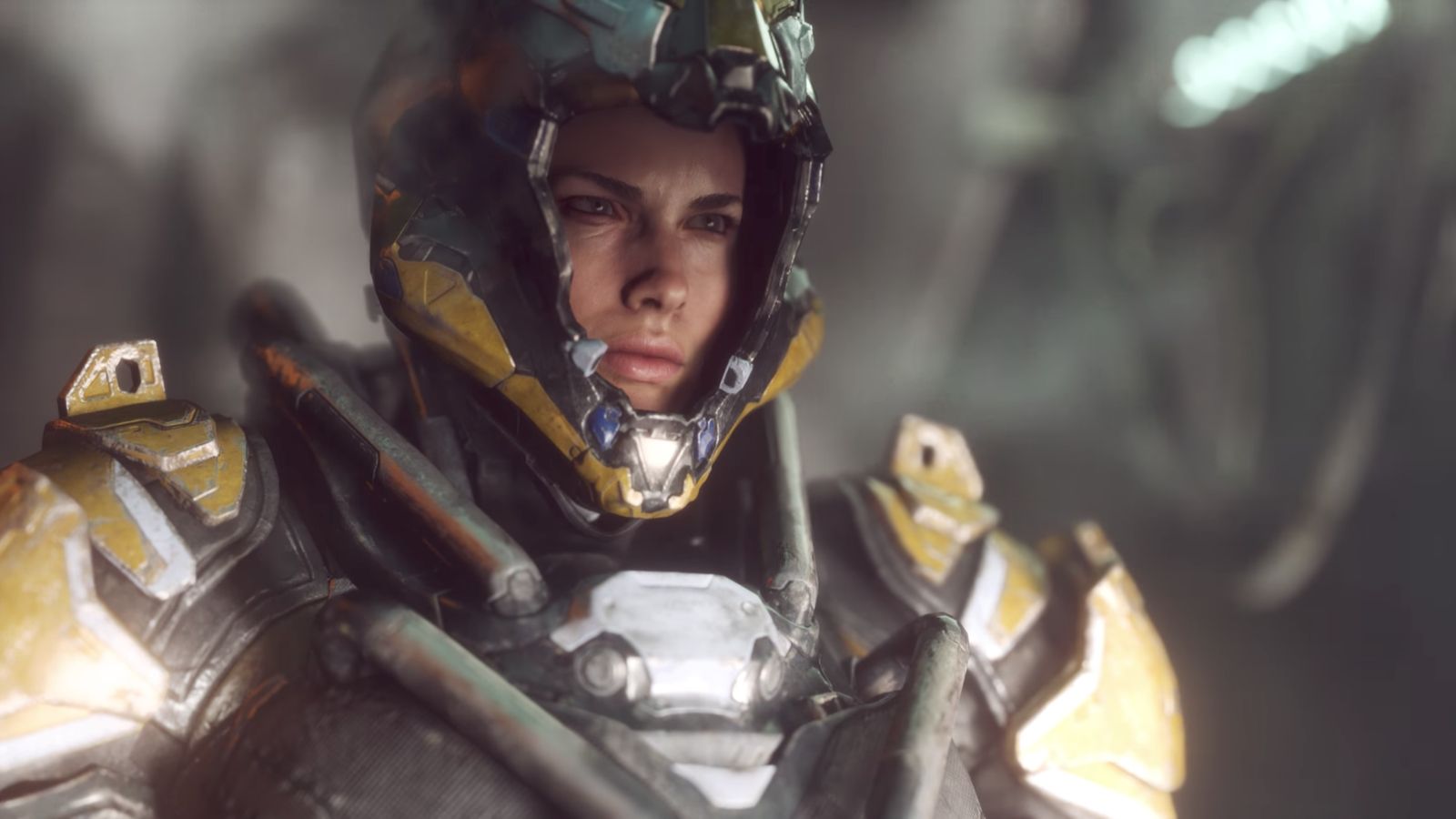
What was it? BioWare’s attempt at a Destiny-style live service shooter
How long was it in development? Seven years, but full production started late, and one developer said it was effectively made in “15 months”
What was its budget? Many millions, but we have no exact number
How long did it last? It’s still available, but development ended after 2 years
What happened?
Anthem sold around five million copies, which is nearly five million more than Concord sold, but as impressive as that sounds, it was the figure EA expected to hit in its first month, not over its lifetime. Many reviews were negative (we gave it a 55%) and a couple years after its 2019 launch, EA pulled the plug on a plan to overhaul Anthem and stopped development. It is still possible to buy and play the game, but it is widely considered BioWare’s biggest miss. The RPG studio has since gone back to singleplayer RPGs, and the good-if-not-brilliant Dragon Age: The Veilguard is out this week.
As for why Anthem came out in a state we called “deeply flawed and frequently frustrating,” Kotaku published an in-depth report on its turbulent development, which involved uncertainty about what the game should be, last-minute pivots, and difficulties with the Frostbite engine.


